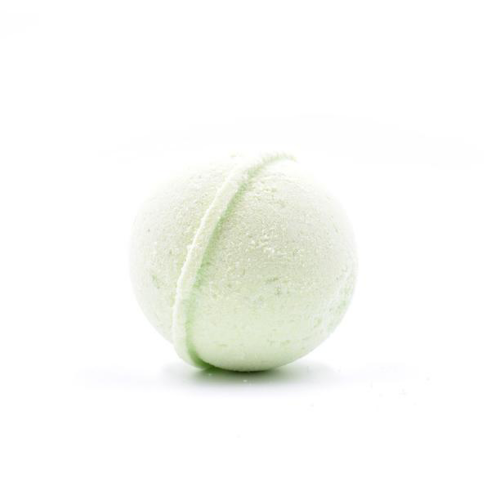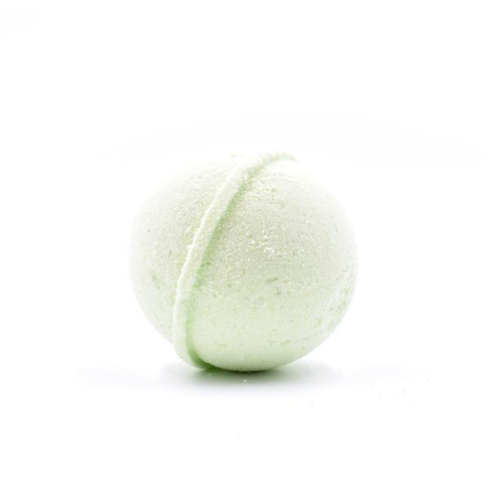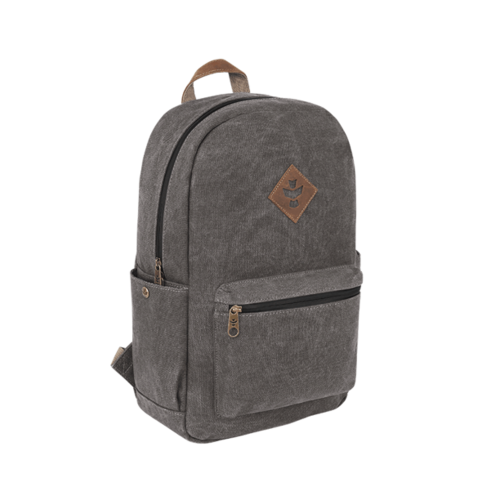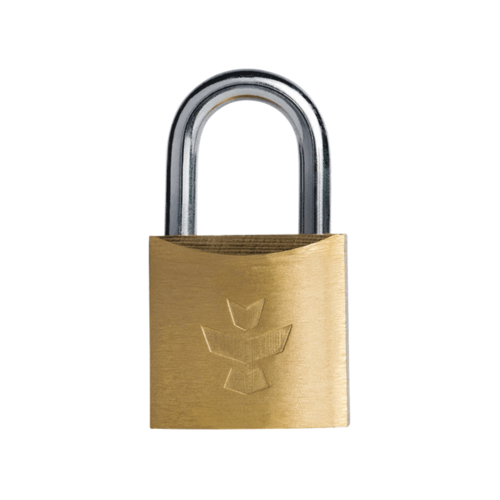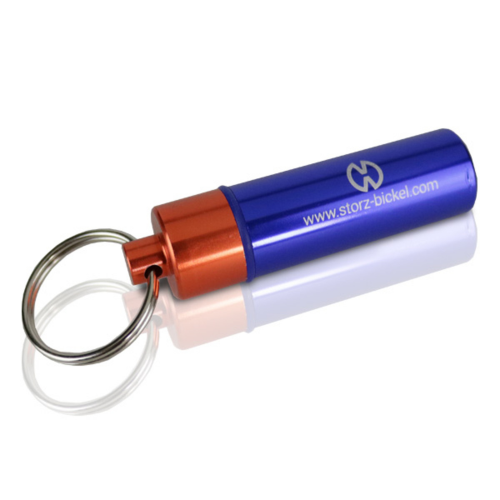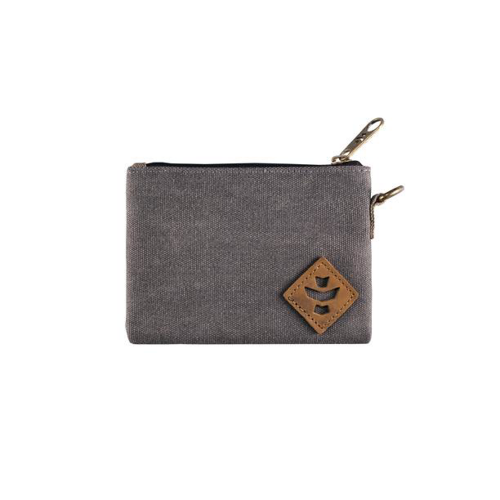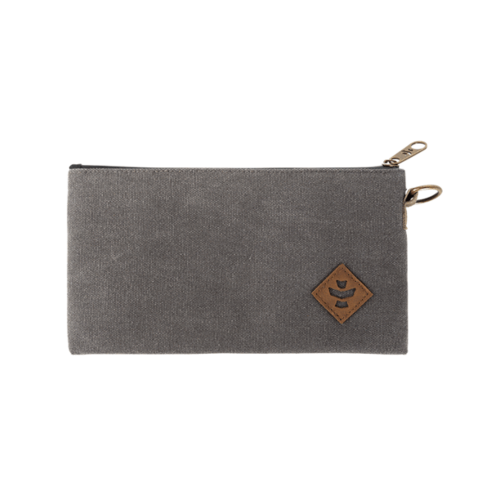Anxiety is a nervous disorder characterized by a state of excessive uneasiness and apprehension, typically with compulsive behavior or panic attacks.
Stress is the body’s natural defense against real or imagined danger. It flushes the body with hormones to prepare systems to evade or confront danger. This is known as the “fight-or-flight or freeze” response.
The difference between them is that stress is your body’s reaction to a treat and is generally a short-term experience. Anxiety is a reaction that can be triggered by stress. Anxiety doesn’t fade into the distance once the threat is mediated.
Anxiety Disorders:
-
Generalized Anxiety Disorder (GAD), featuring general irritability, anxiety attacks, chronic apprehension/anxious expectation and secondary phobic avoidance.
-
Panic or Phobia, characterized by brief (2-10 min) spells of overwhelming anxiety or fear, accompanied by somatic and cognitive symptoms;
-
Social Anxiety Disorder (or social phobia), defined as extreme agitation in social contexts and avoidance of social situations;
-
Obsessive-Compulsive Disorder (OCD), characterized by recurrent and intrusive anxiogenic thoughts (obsessions), and stereotyped behaviors (compulsions) aimed at the reduction of the distress caused by the obsessions.
-
Post-Traumatic Stress Disorder (PTSD), in which a prior intense trauma results in a long-lasting anxious response, with re-experiencing/flashback phenomena, avoidance and emotional numbing.
The cause of stress and anxiety are usually different, however. Stress focuses on mainly external pressures on us that we’re finding hard to cope with. When we are stressed, we usually know what we’re stressed about, and the symptoms of stress typically disappear after the stressful situation is over.
Anxiety, on the other hand, isn’t always as easy to figure out. Anxiety focuses on worries or fears about things that could threaten us.
- The death of a loved one
- Divorce
- Loss of a job
- Increase in financial obligations
- Getting married
- Moving to a new home
- Chronic illness or injury
- Emotional problems (depression, anxiety, anger, grief, guilt, low self-esteem)
- Taking care of an elderly or sick family member
- Traumatic event, such as a natural disaster, theft, rape, or violence against you or a loved one
- Frequent headaches
- Sleep disturbance
- Back and/or neck pain
- Feeling light-headed, faint, or dizzy
- Sweaty palms or feet
- Difficulty swallowing
- Frequent illness
- Irritability
- Gastrointestinal problems
- Excessive worry
- Rapid heart rate
- Muscle tension
- Feeling overwhelmed
- Having difficulty quieting the mind
- Poor concentration
- Forgetfulness
- Low energy
- Loss of sexual desire
- Anxiety is the most common mental illness in Canada.
- 2.6% of Canadians aged 15 and older reported symptoms consistent with generalized anxiety disorder, an anxiety disorder characterized by a pattern of frequent, persistent worry and excessive anxiety about several events or activities.
- 1 in 4 Canadians (25%) will have at least one anxiety disorder in their lifetime.
Cannabis Benefits
The relationship between cannabis and anxiety is a complicated one. For some, a small puff of cannabis provides unrivalled relief of worry, panic, stress, and other anxiety-related symptoms. Unfortunately others experience heightened paranoia and exacerbated anxiety with cannabis. This common reaction can be attributed to a strain’s THC content, but what many people don’t realize is there are many strains now that have little to no THC. These low-THC, high-CBD strains are changing the game for anxiety sufferers.
Everyone’s body chemistry is a bit different due to any thousands of factors that are unique to you, so you will have your own experiences with each strain. Start low and go slow.
Best Strains
- High-CBD, low-THC
What Women Say
“I’m not very good when it comes to marijuana with high THC contents as the effects give me anxiety. Cannatonic is high in CBD and low(er) in THC and is a great combination! It helps relieve stress and anxiety… without causing any!”

